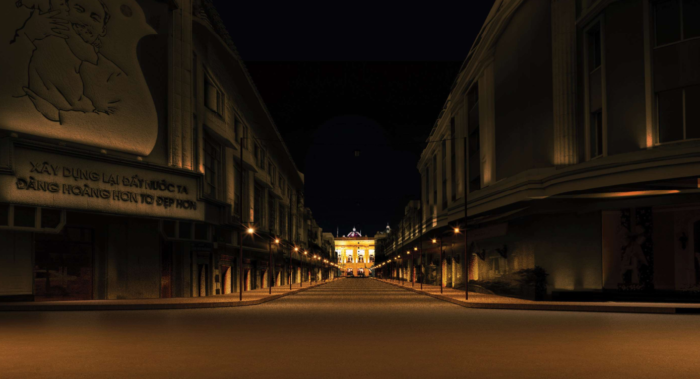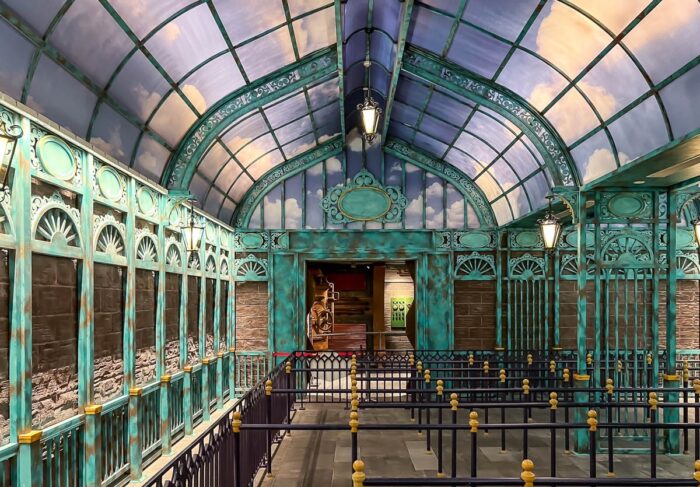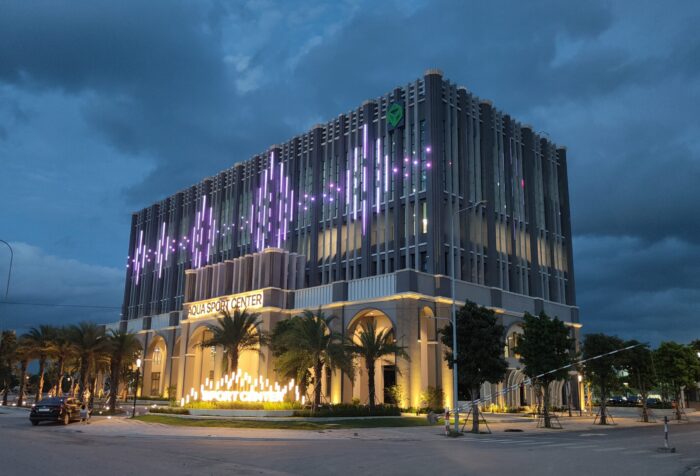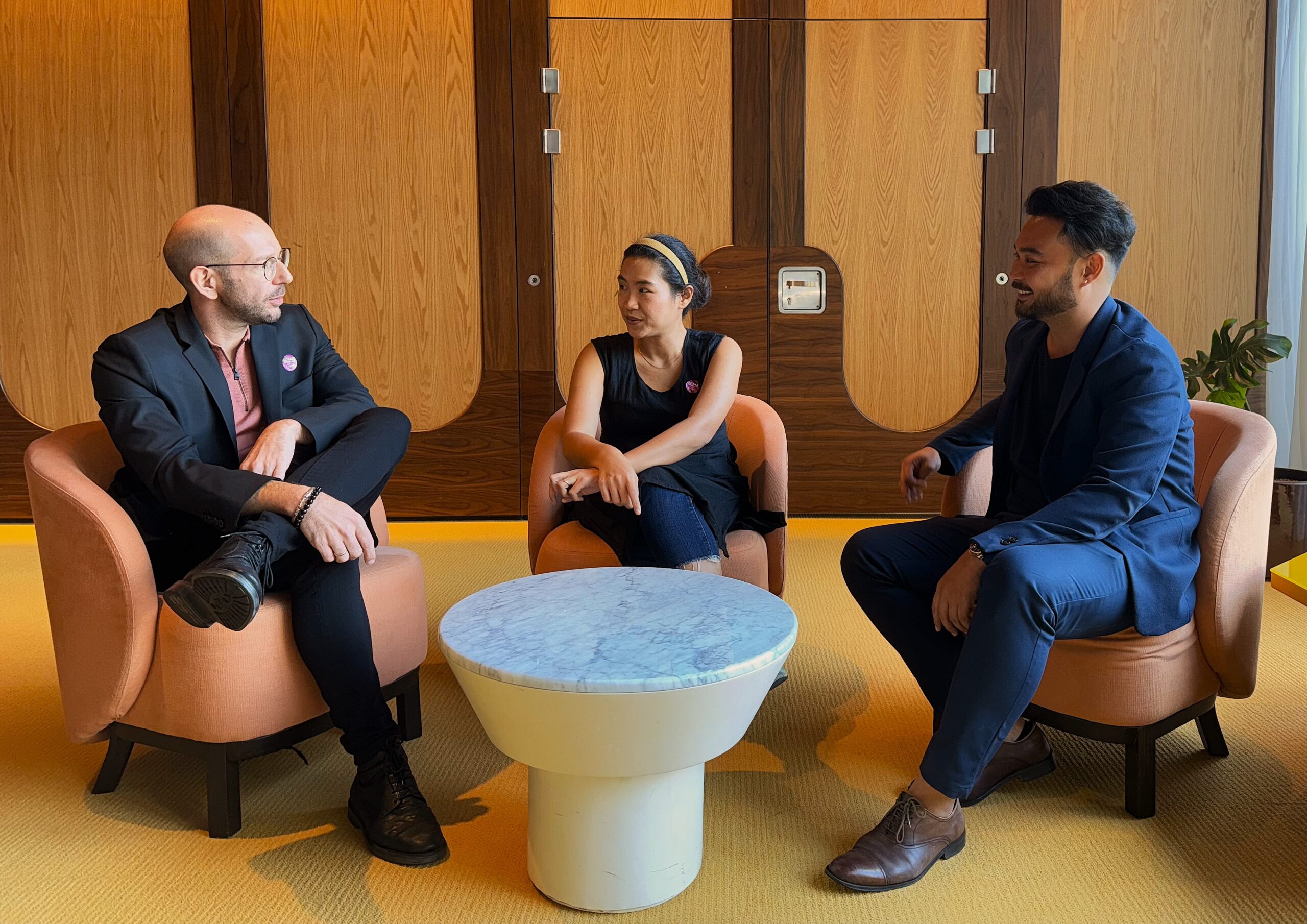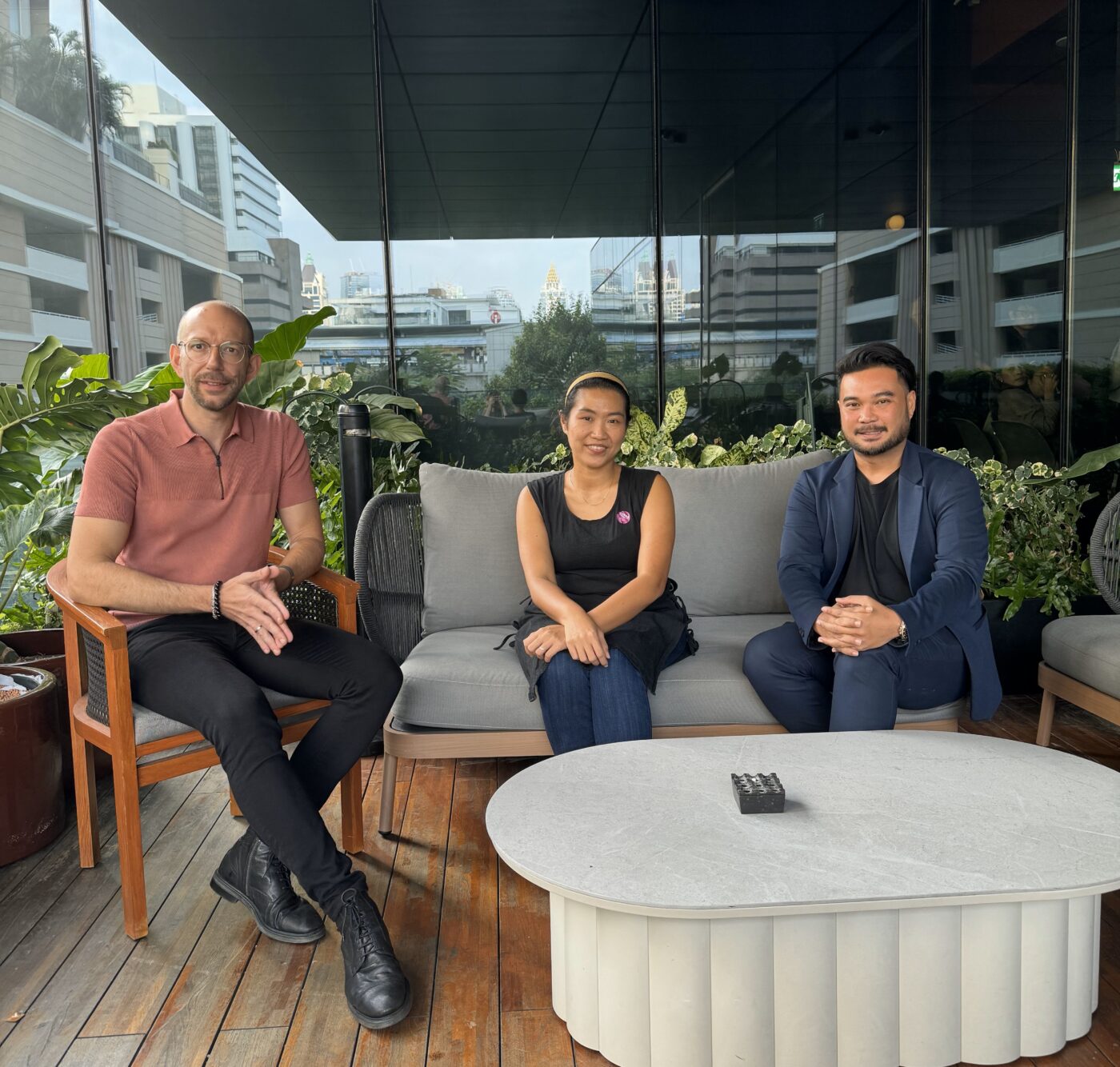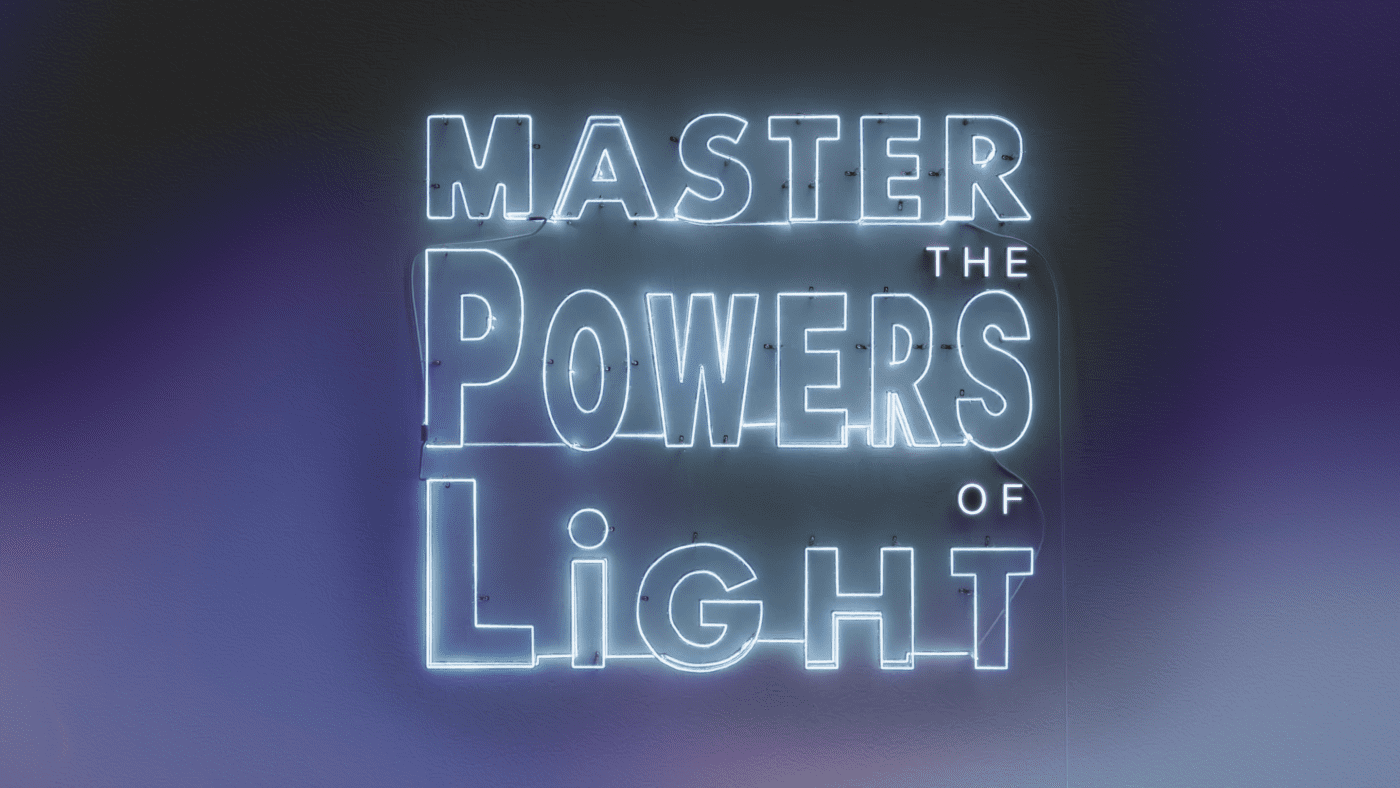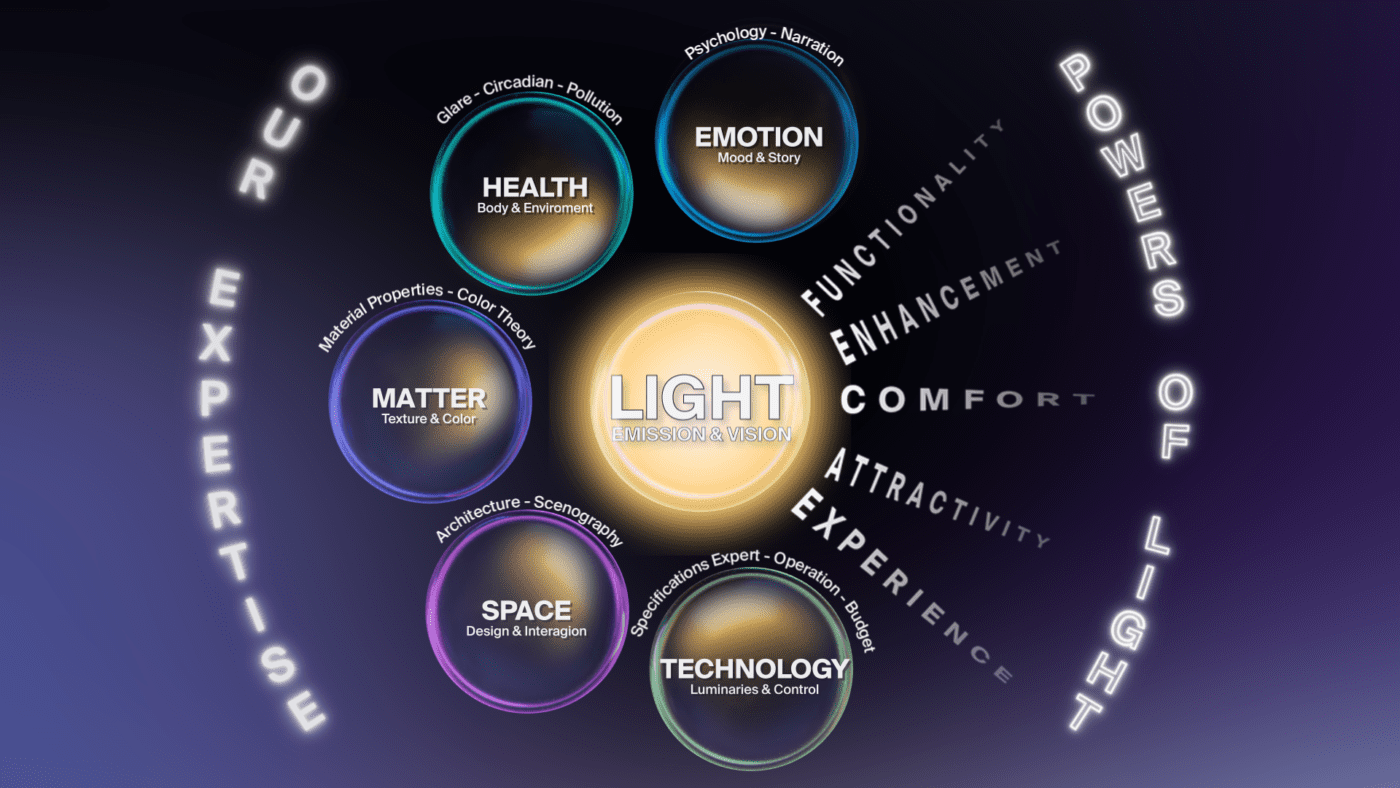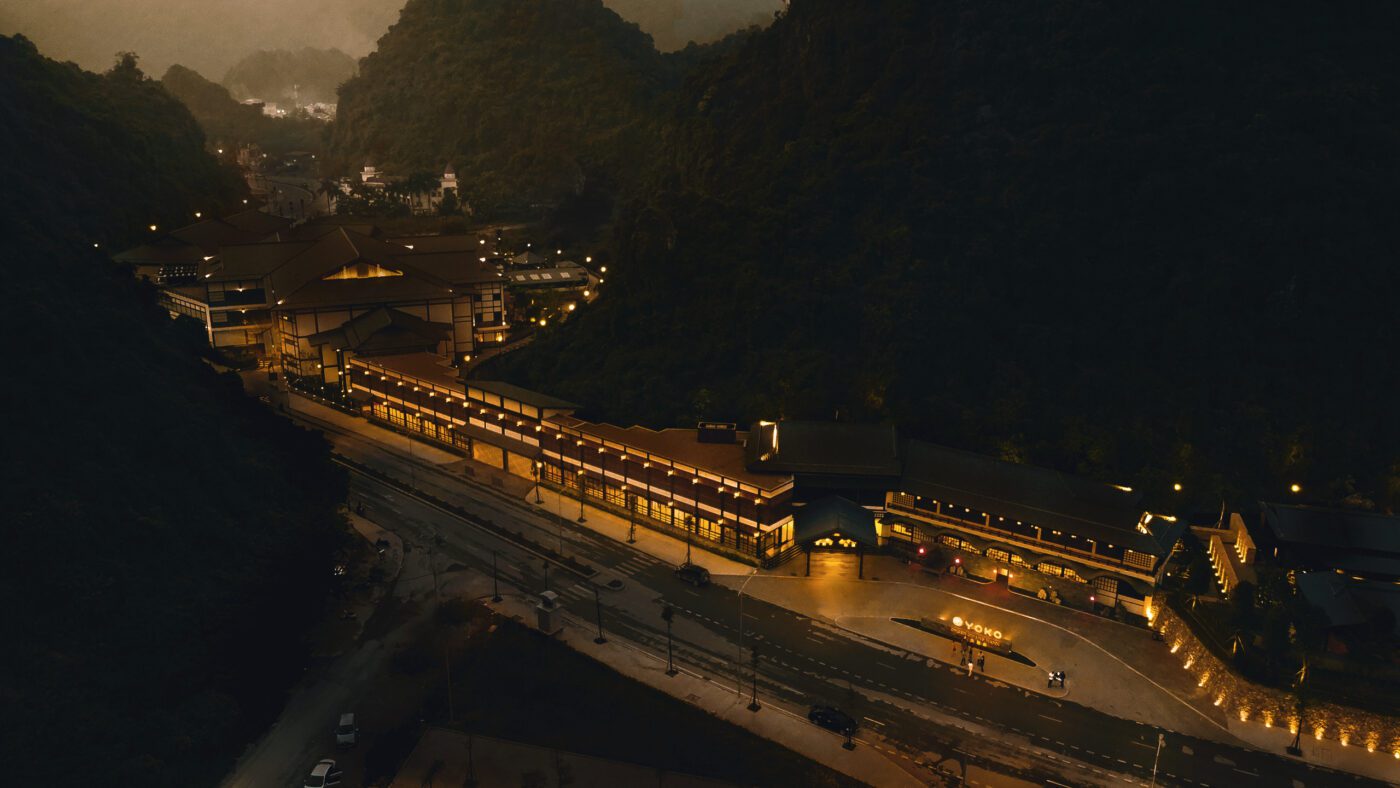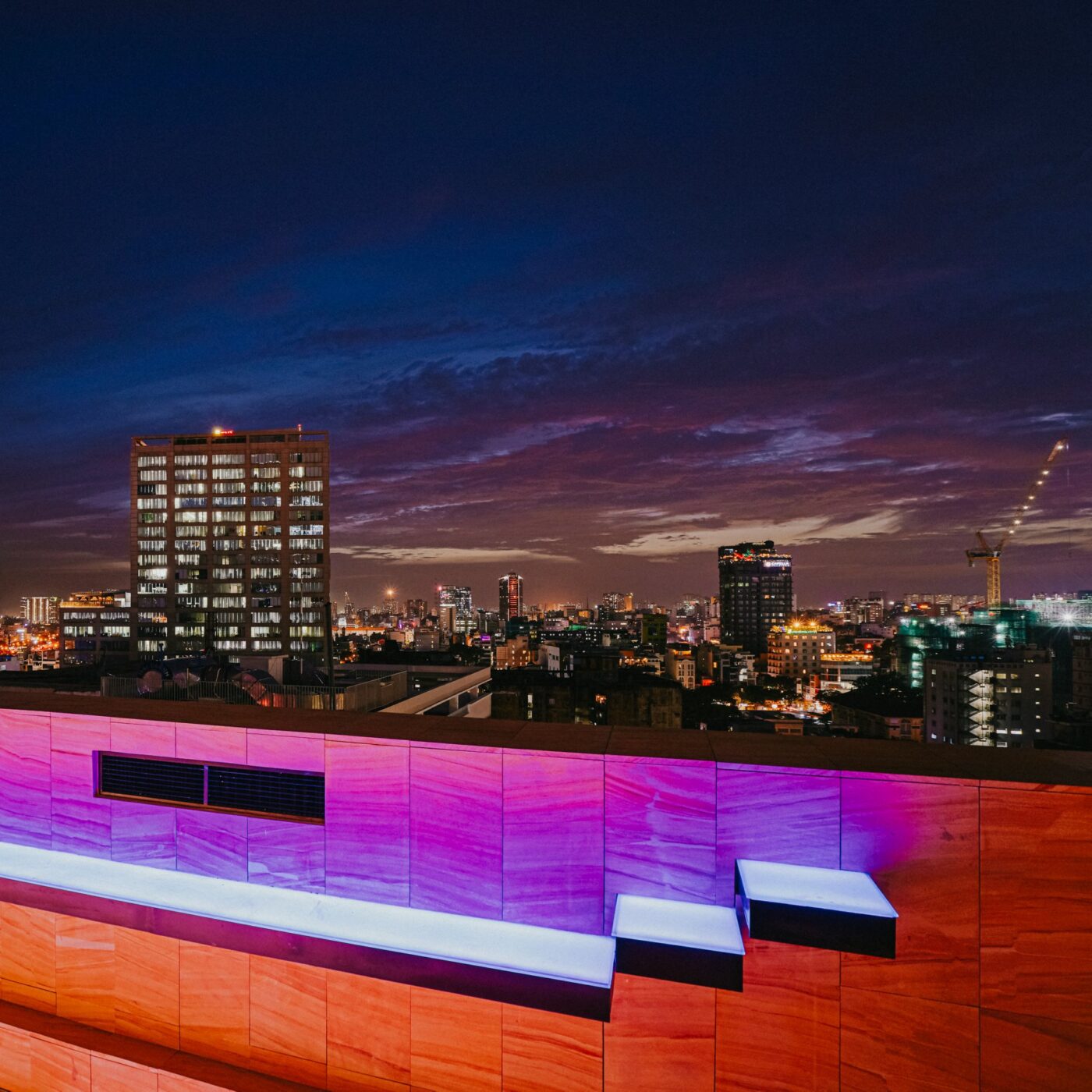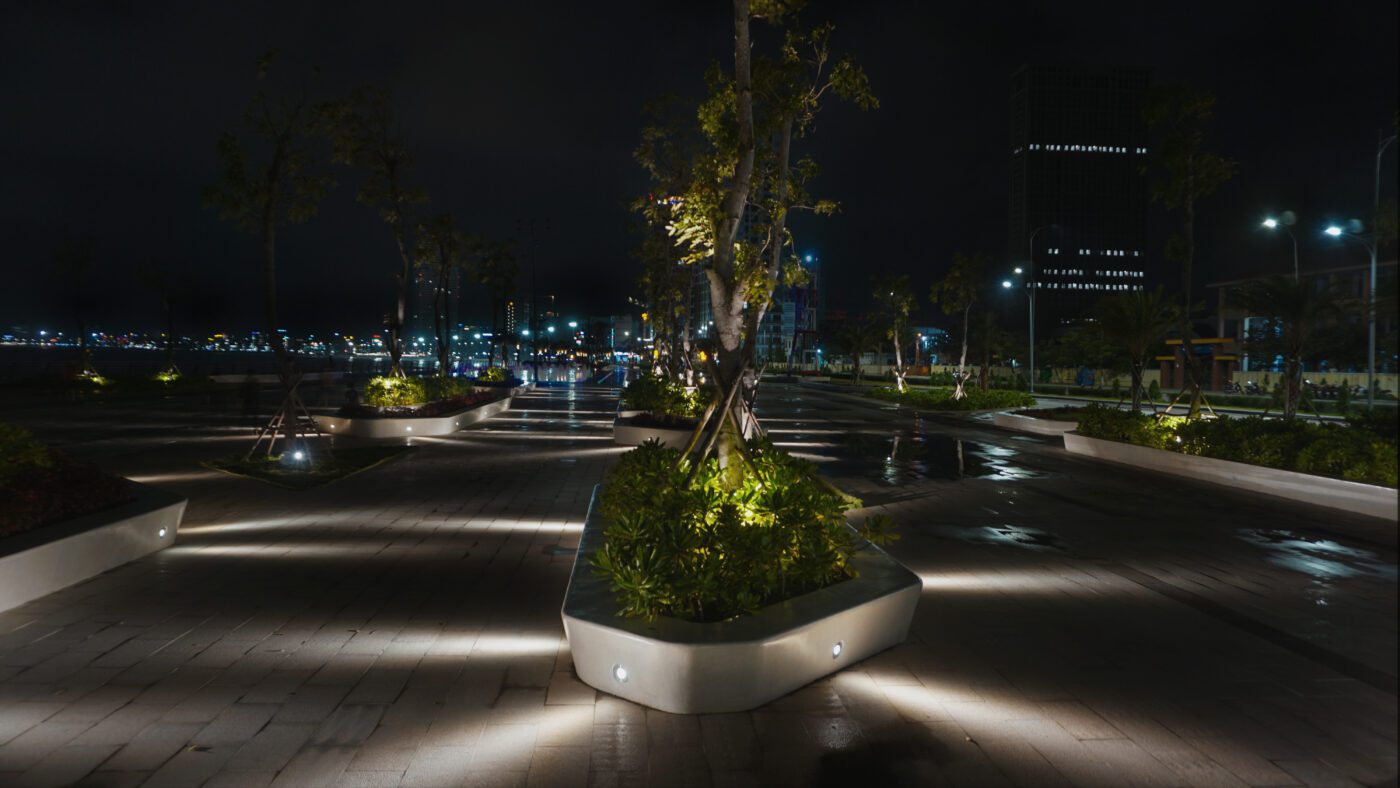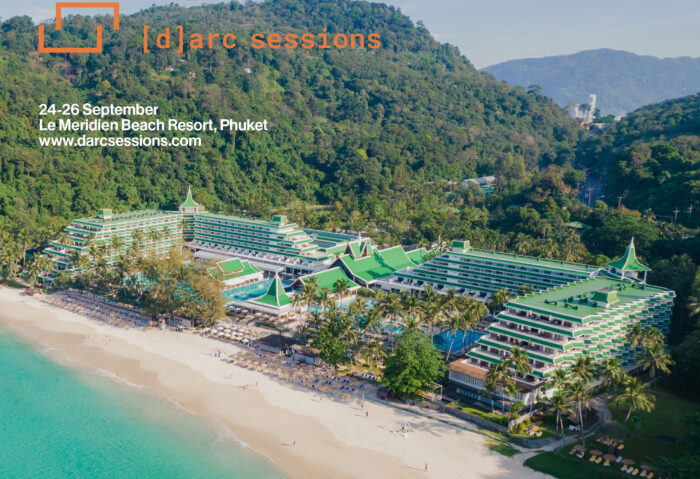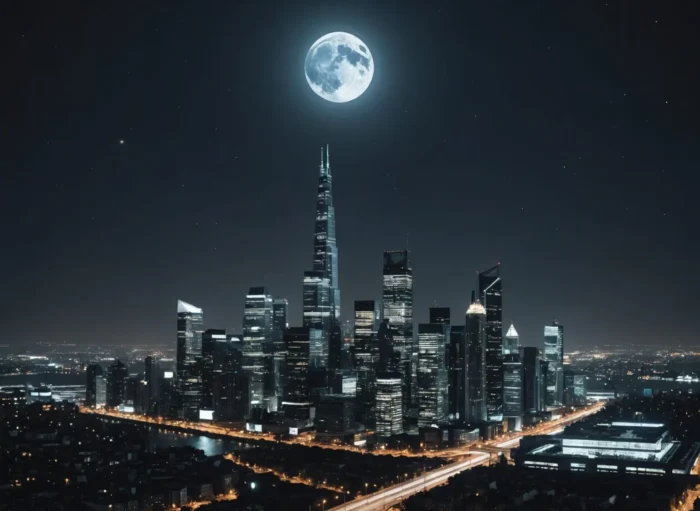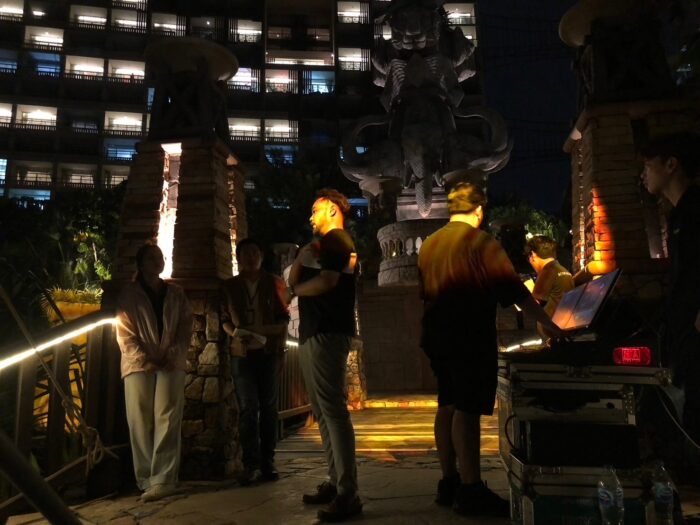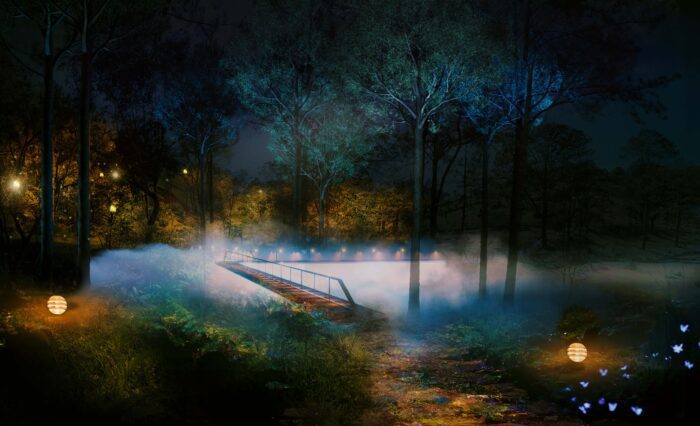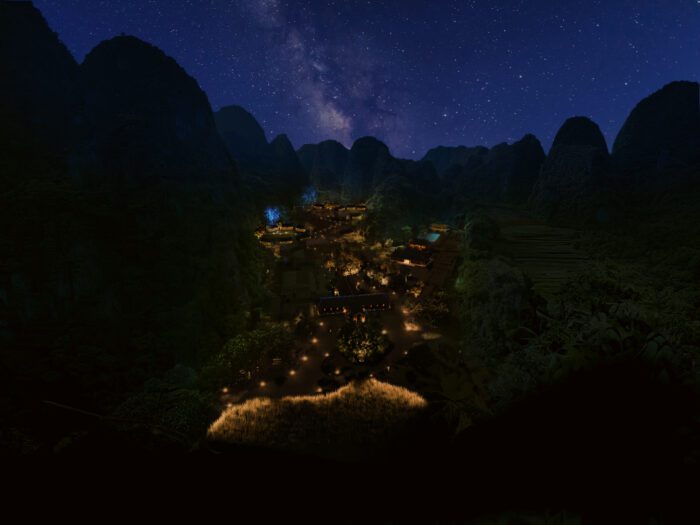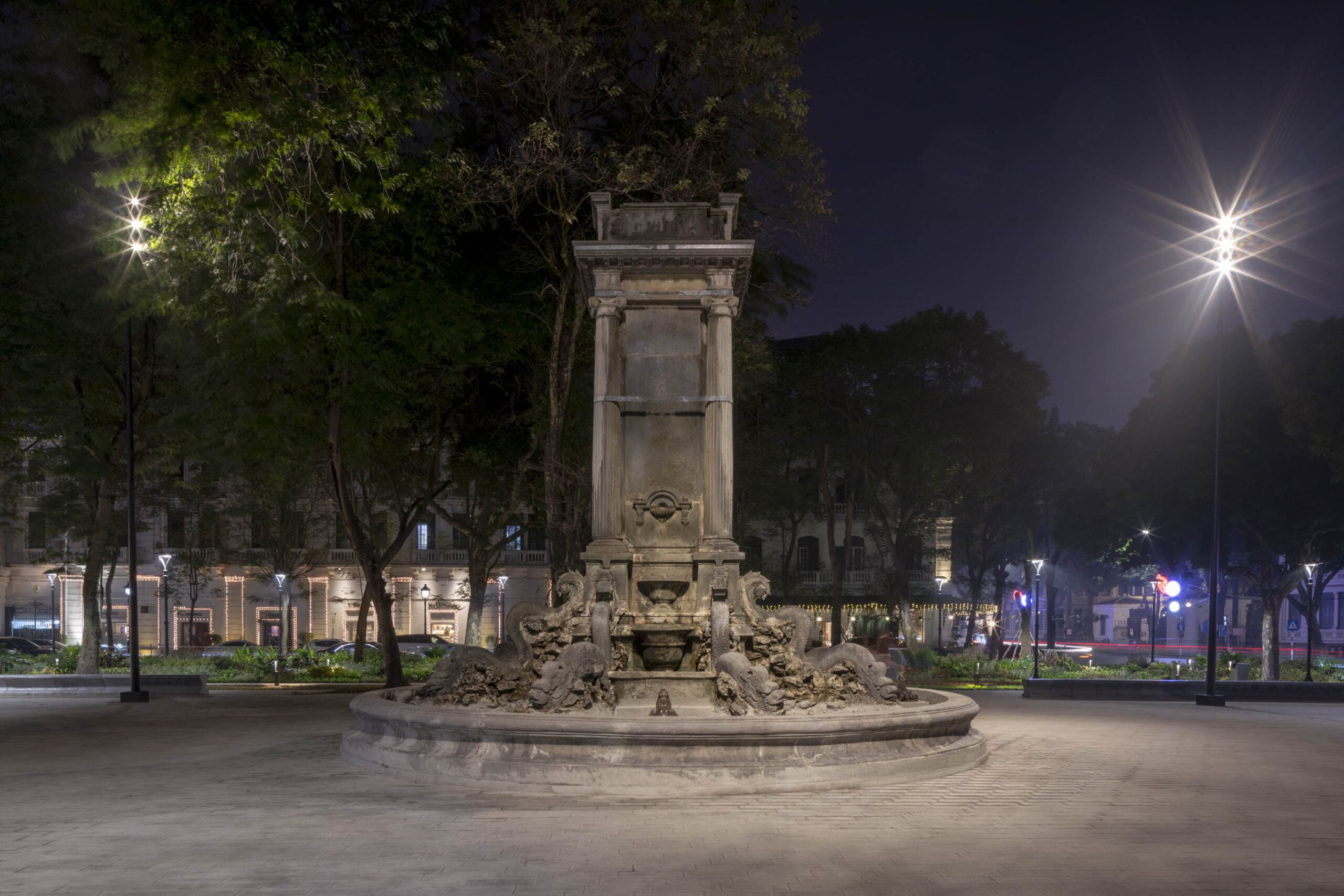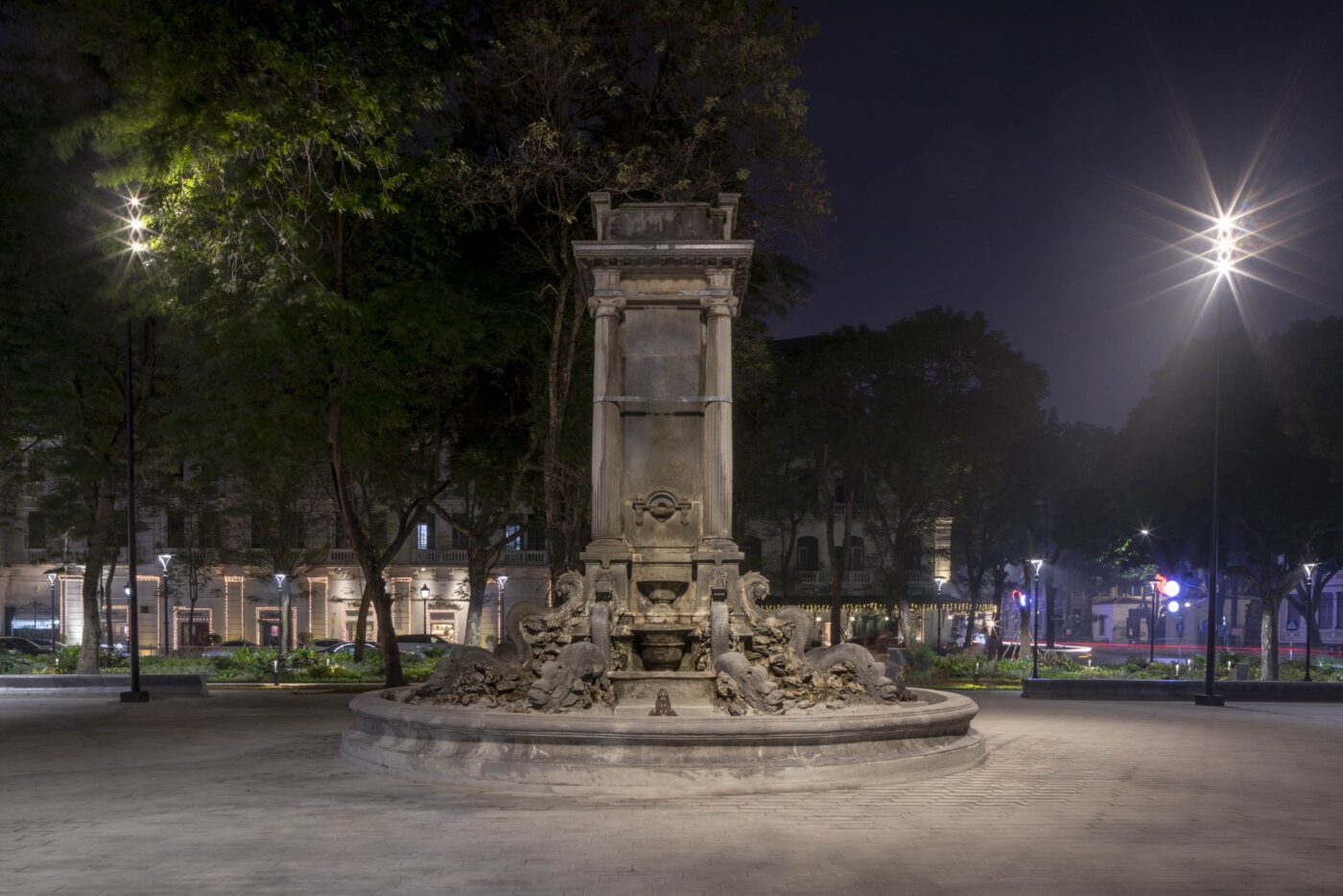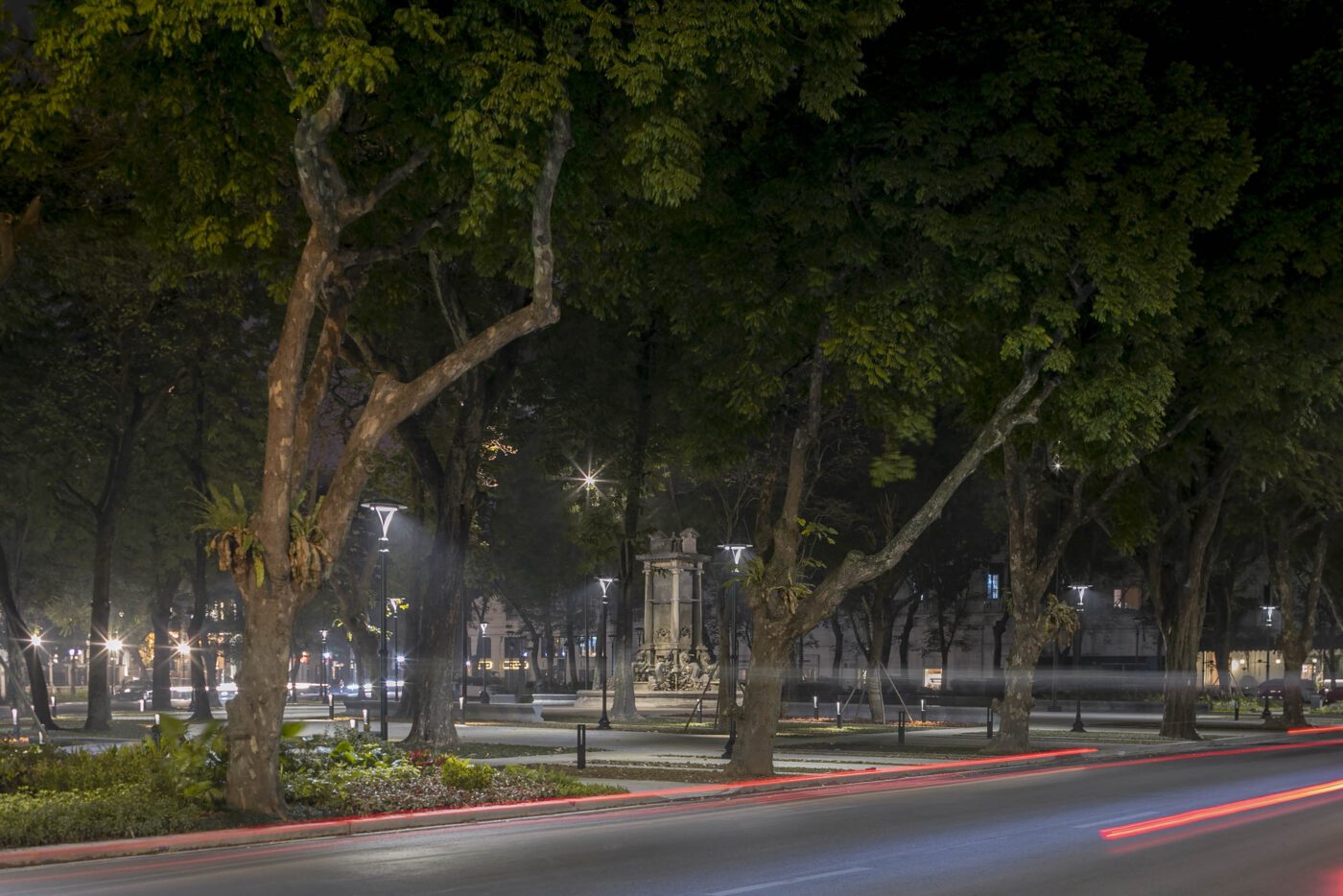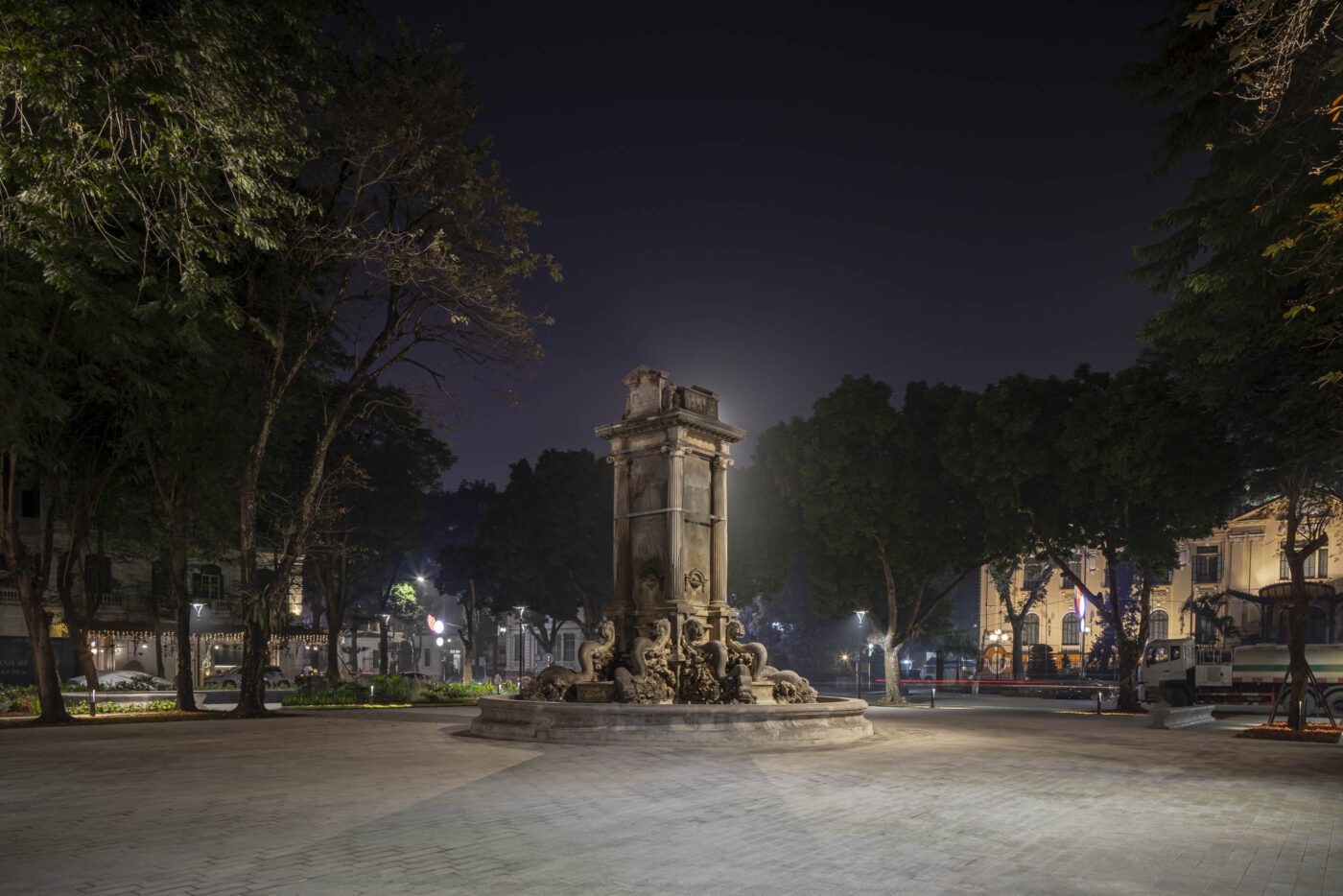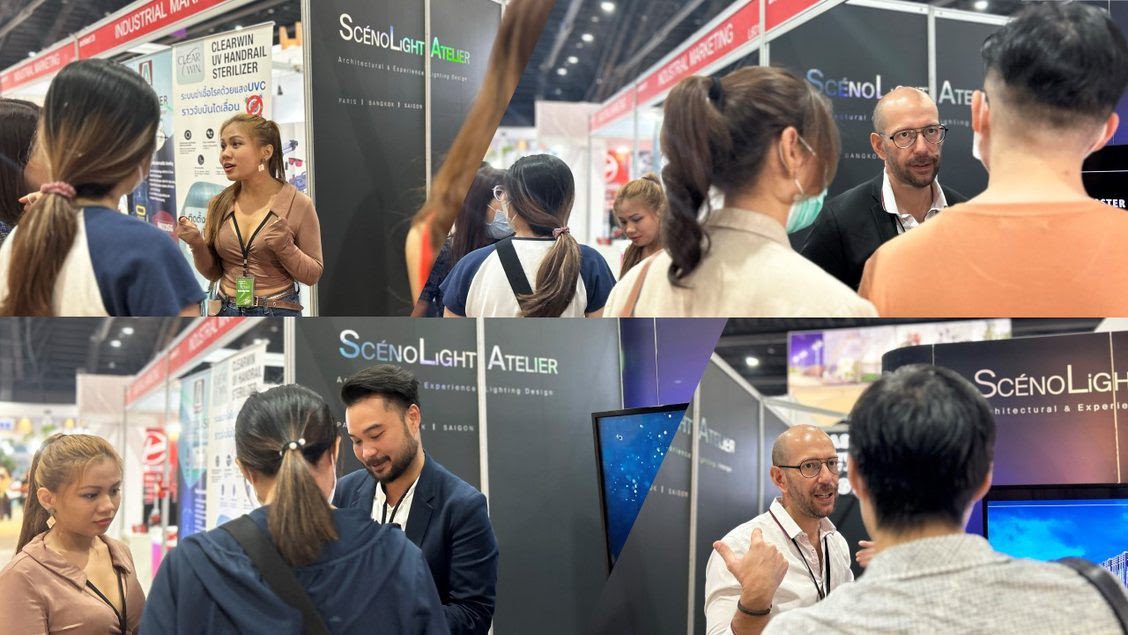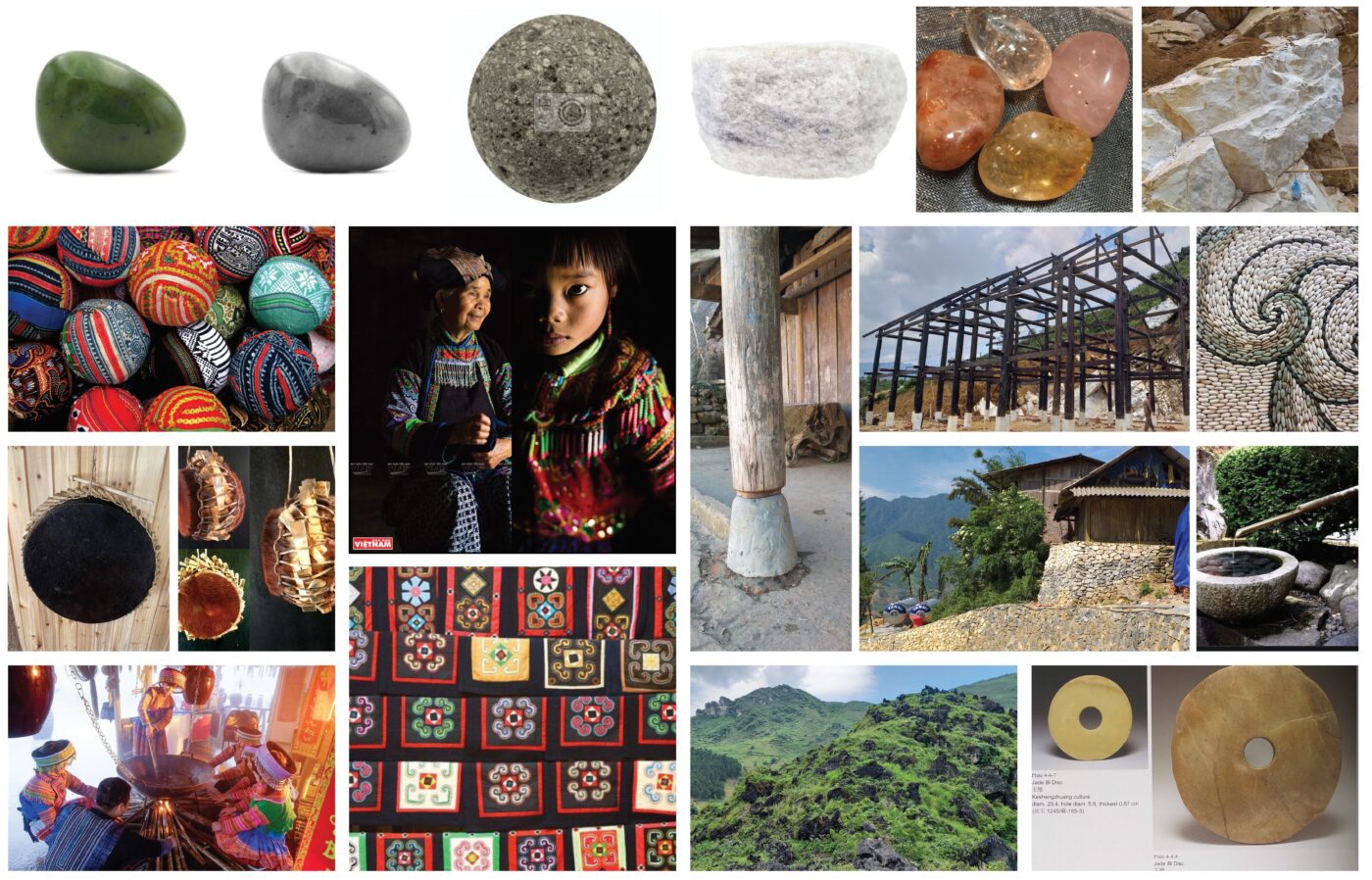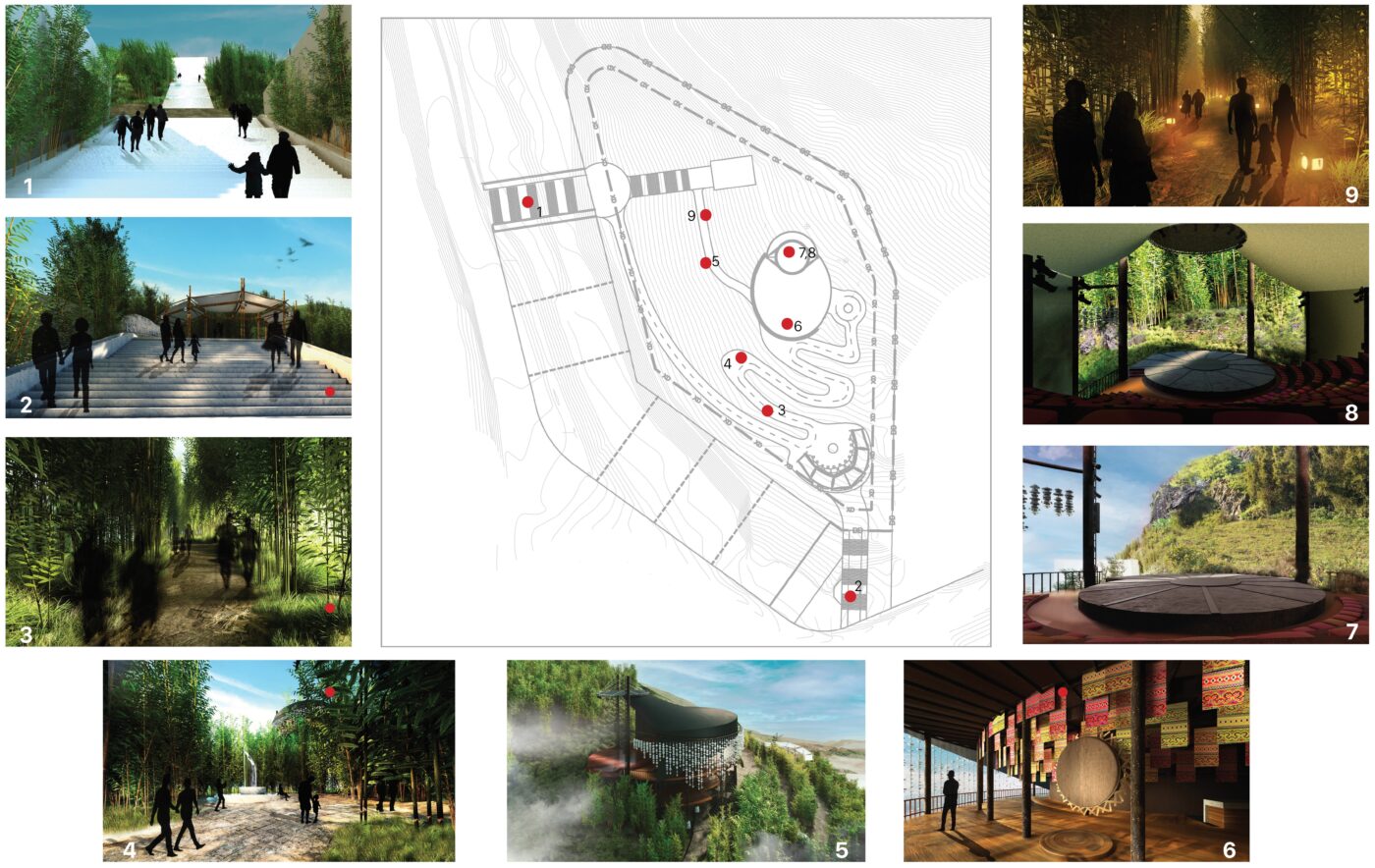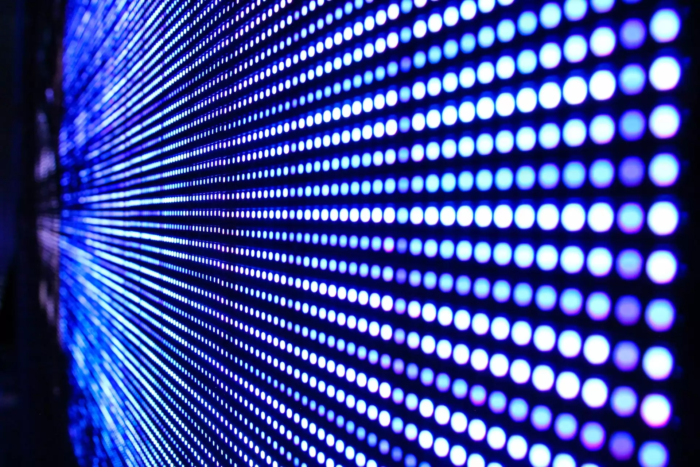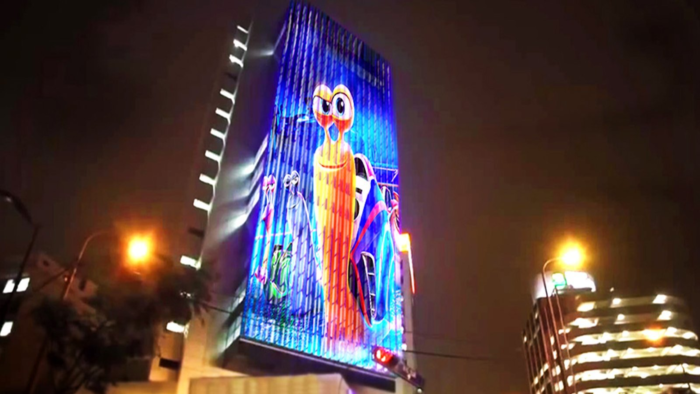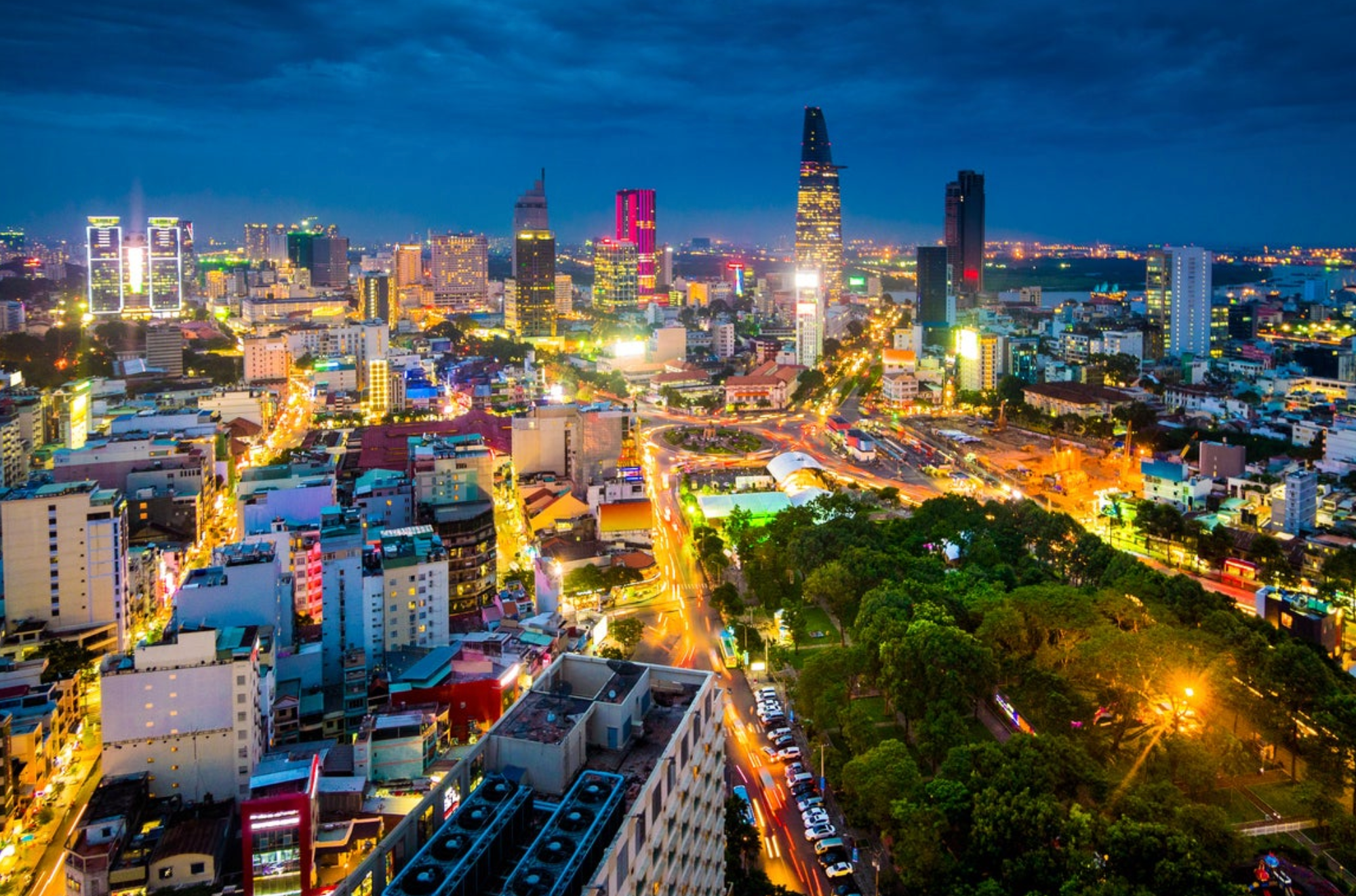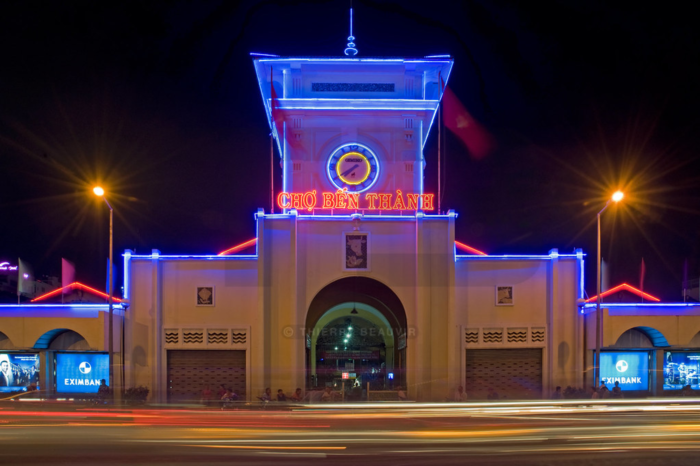CIRCADIAN NIGHTSCAPE
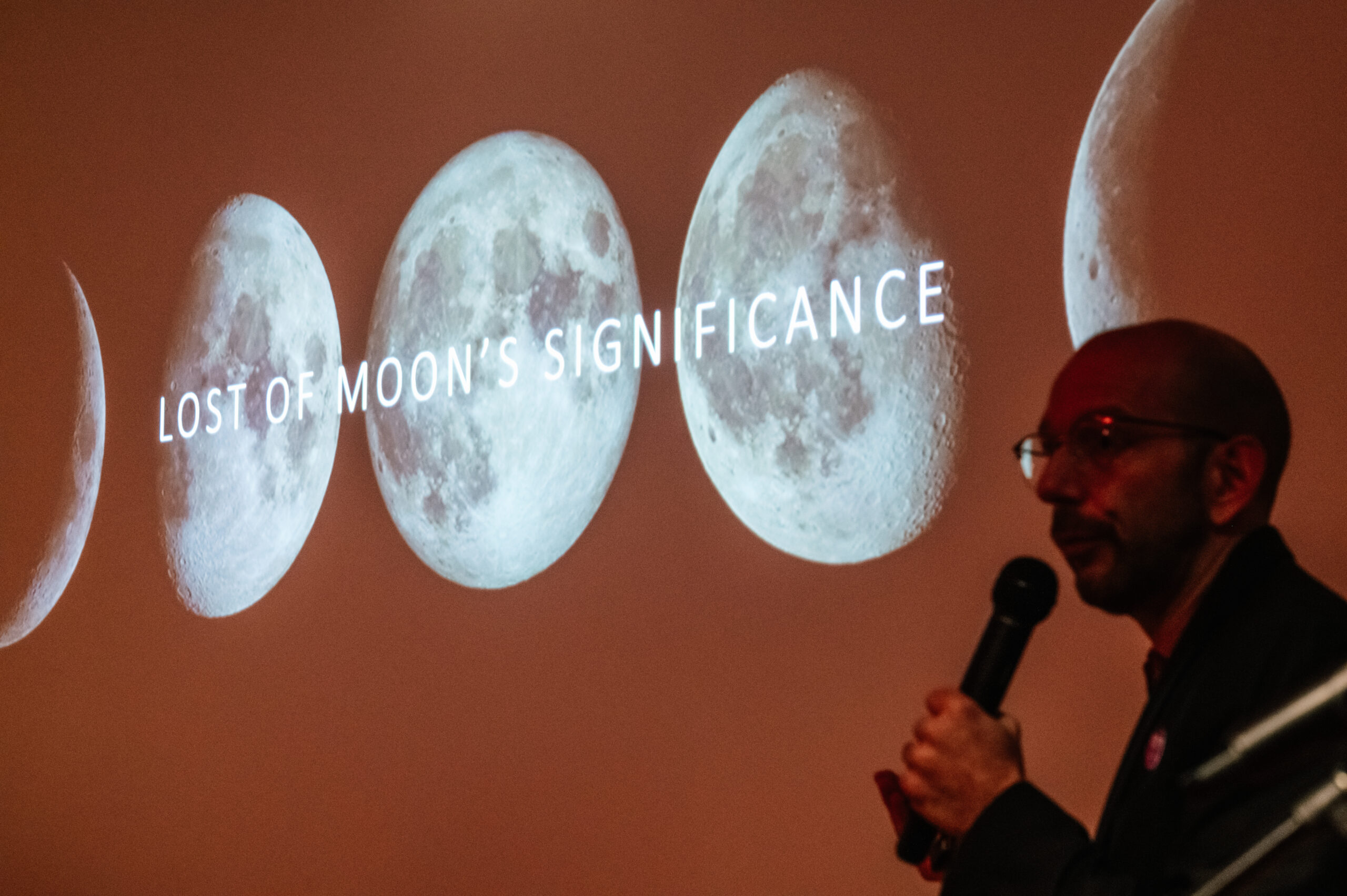
Mosaic Eins and Soraa have provided us with an incredible opportunity to share our latest research for the preservation of our nights and the sustainability of our cities this week in Bangkok. We unveil our latest projects and groundbreaking research on Circadian Nightscape, a revolutionary approach to urban and landscape lighting embracing Earth’s Rhythms in Urban Design.
At ScenoLight Atelier, we believe that lighting designers hold the key to finding the perfect solutions at the intersection of art and science. With our expertise and passion, we are determined to bring our unique perspective to the forefront of the industry.
Stay tuned for more updates on our exciting research and experiential projects that will shape the future of lighting. Don’t miss out on what’s to come!
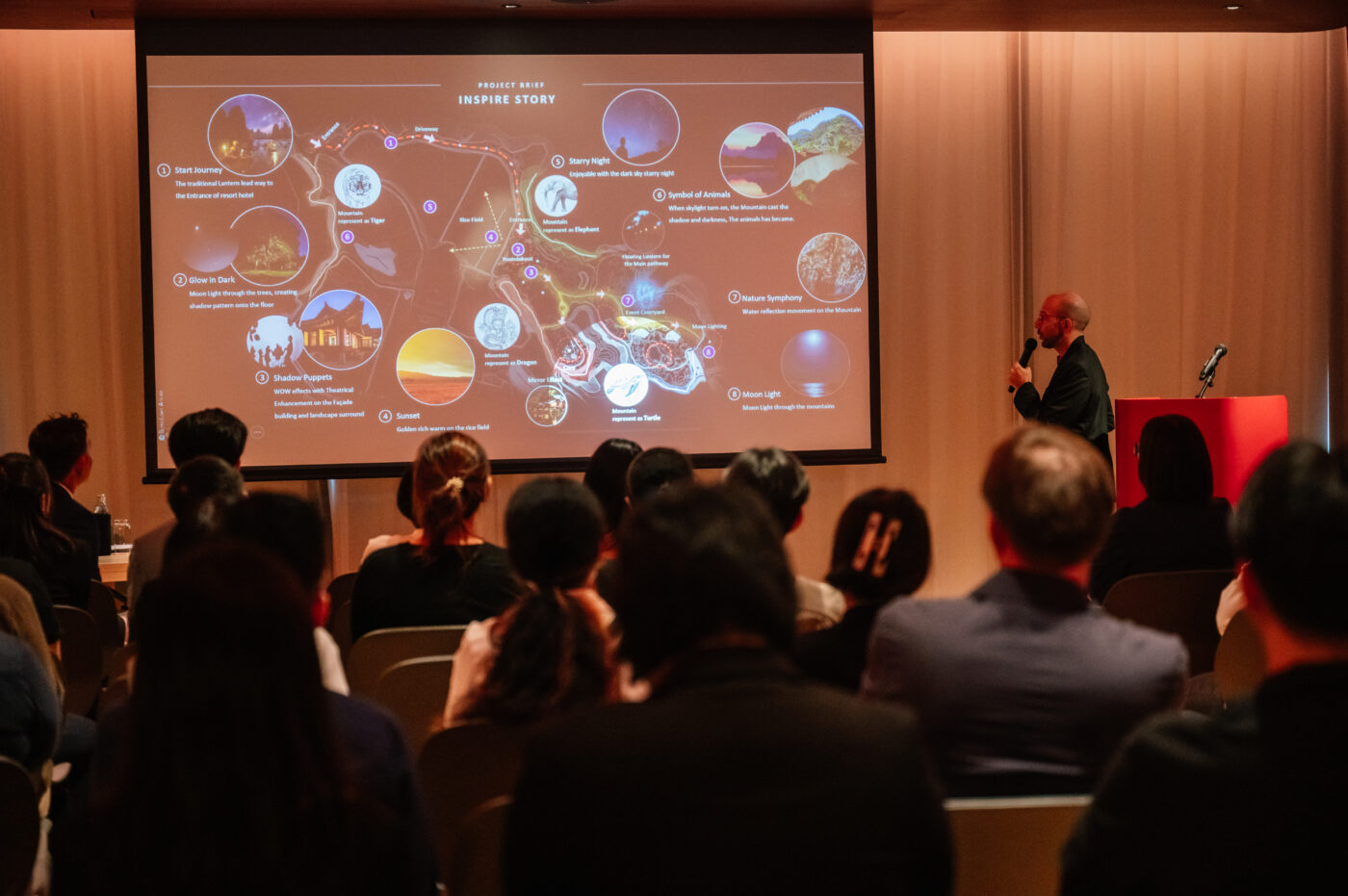
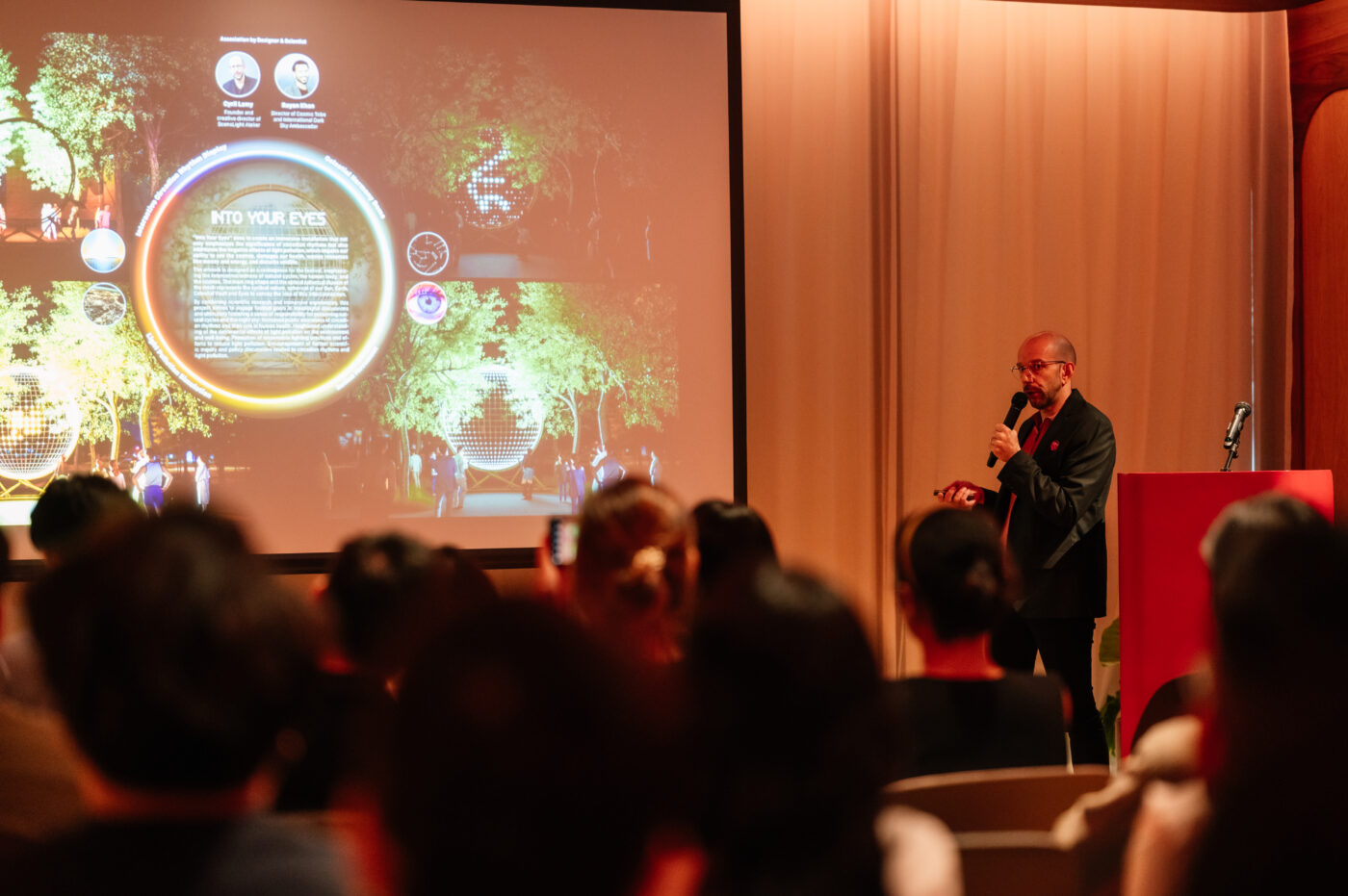
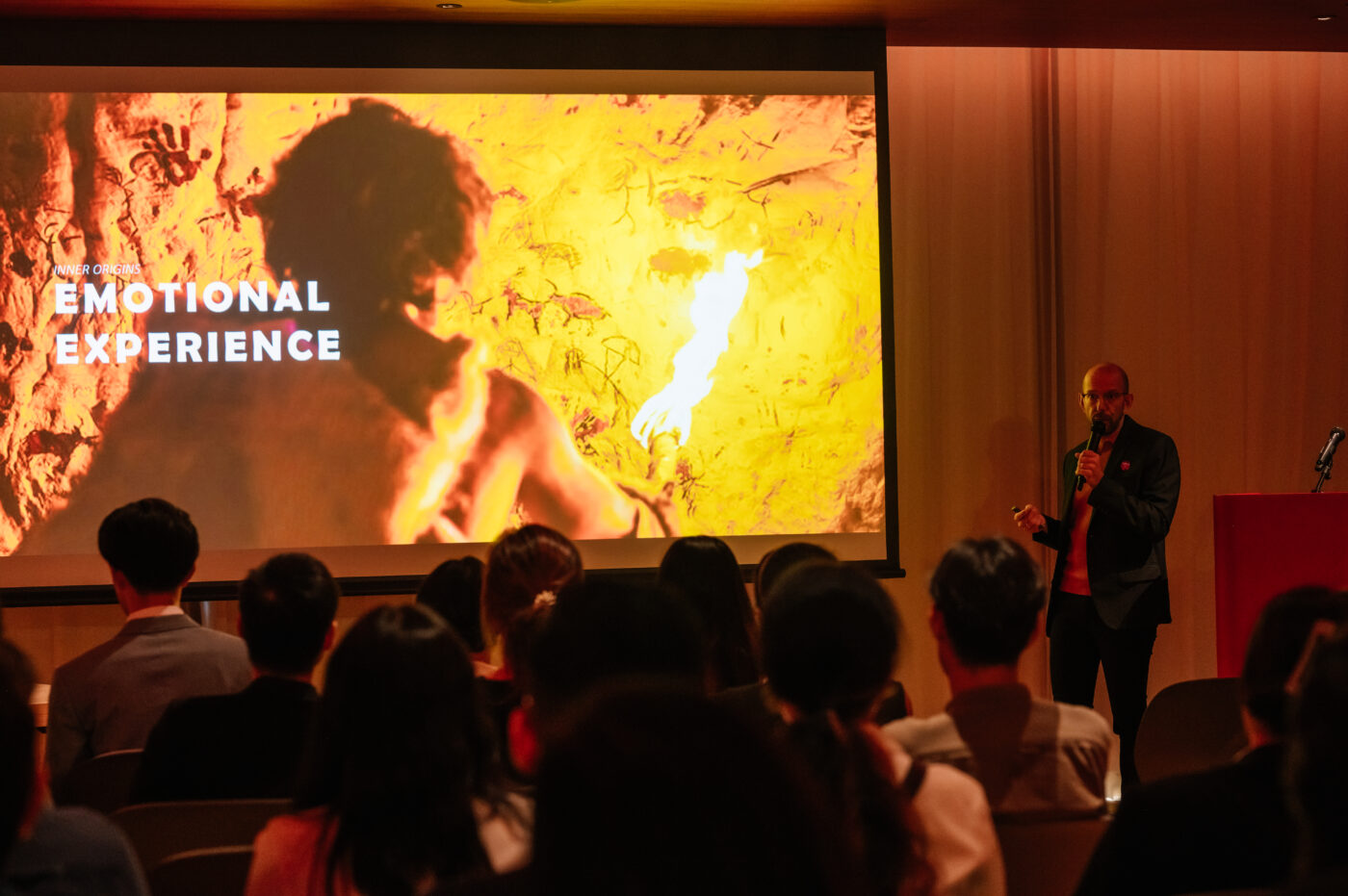
- Location: Bangkok
- Event: Mosaic Eins + Soraa
MORE WORKS
Hyatt Place Ha Long
Nestled in the heart of Ha Long, with the natural backdrop of the iconic Bay, the lighting design of this...
Read MoreGOLDEN IMPERIAL HOTEL
We make an entrance ! Lighting design plays a crucial role in shaping the first impression of a classic-style hotel...
Read MoreLAZY RIVER | CENTARA GRAND MIRAGE
https://youtu.be/aXIy5u-30r4 A Nightscape Experience Across One Hectare This ambitious theming lighting design project was conceived for the Centara Hotel brand...
Read MoreHANOI NEW NIGHTSCAPE
The ‘‘ Golden Triangle ’’ Story We have entitled the new strategy master plan for the new nocturnal identity the...
Read MoreAIRSHIP THEATER
This is a pre-show area where guests are immerse in the narrative of the attraction. Our lighting scheme combines multiple...
Read MoreSPORT CENTER
Our studio has meticulously designed a media facade lighting system for a sports center in Vietnam, meticulously crafted to harmoniously...
Read More


